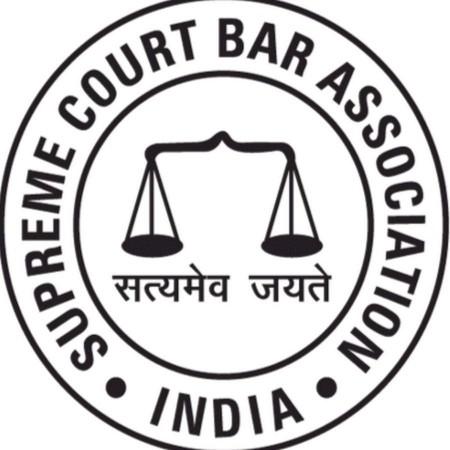
The Supreme Court Bar Association (SCBA) has recently voiced its concerns over the changes made to the Supreme Court's emblem and the statue of Lady Justice. In a resolution passed on October 24, the SCBA questioned the rationale behind these changes, which were implemented without any consultation with the Bar. The association, representing the collective voice of the legal professionals, stated, We are equal stakeholders in the administration of justice but these changes when proposed, were never brought to our attention. We are totally clueless on the rationale behind these changes.
The changes in question pertain to the emblem of the Supreme Court and the statue of Lady Justice. The statue, traditionally depicted with a blindfold and a sword, has been modified. The blindfold, symbolizing impartiality and the principle that justice should be meted out without fear or favor, has been removed. The sword, a symbol of authority and the power to enforce justice, has been replaced with a copy of the Indian Constitution. The statue, located in the Judges' Library of the Supreme Court, now portrays Lady Justice with open eyes, holding the Constitution.
These changes were introduced under the leadership of the incumbent Chief Justice of India, DY Chandrachud, who is set to demit office on November 10. While the scales of justice, representing the balance of arguments from both sides, have been retained in the right hand of Lady Justice, the removal of the blindfold and the replacement of the sword with the Constitution have sparked a debate about the symbolism and implications of these changes.

The SCBA's resolution also voiced opposition to the proposed museum in the High Security Zone. The association instead demanded a library and a cafe-cum-lounge for lawyers, arguing that the current cafeteria is inadequate to cater to the needs of the members of the Bar. The resolution stated, A museum has apparently been proposed in the erstwhile Judges Library whereas we had demanded a Library, cafe-cum-lounge for the members of the Bar. We are concerned that despite our objections against the proposed museum in the erstwhile Judges Library, work has started on the museum.
The controversy surrounding the changes to the emblem and the statue of Lady Justice is not an isolated incident. It is reminiscent of historical instances where changes to symbols of justice have sparked debates. For instance, in the United States, there have been discussions about the blindfold worn by Lady Justice. Some argue that the blindfold represents impartiality, while others believe it suggests ignorance of the social realities that influence the law.
The current situation also brings to mind the controversy surrounding the proposed changes to the design of the European Union's emblem in 2012. The proposal was met with widespread criticism, leading to its eventual withdrawal. These historical events underscore the importance of symbols in the legal world and the need for careful consideration and broad consultation before making changes to them.

















